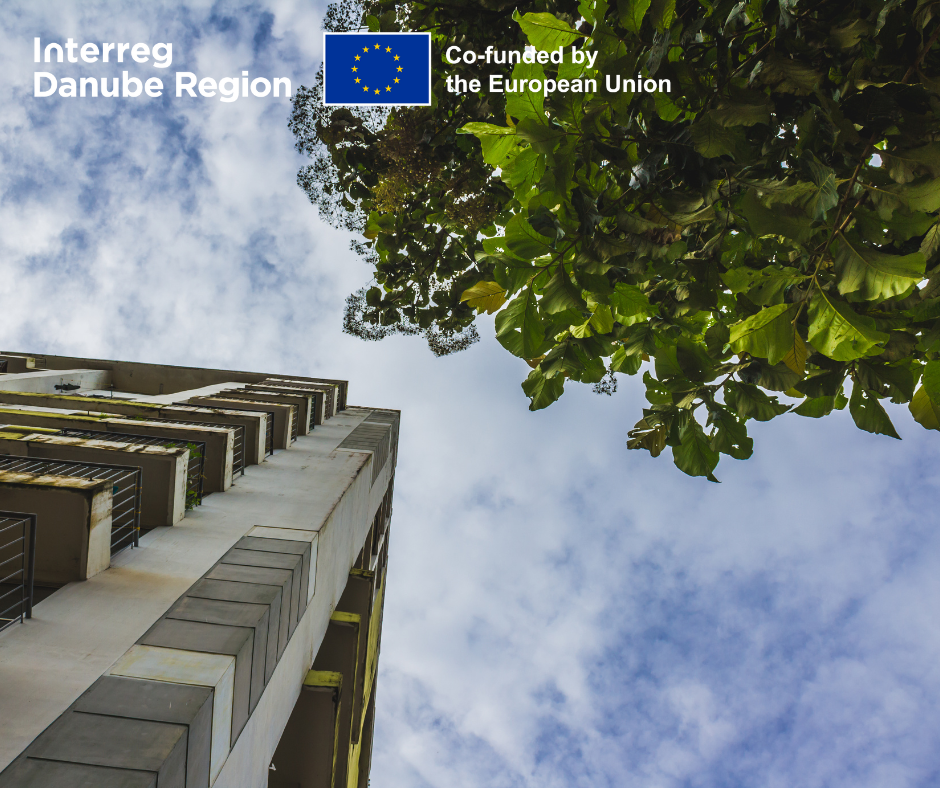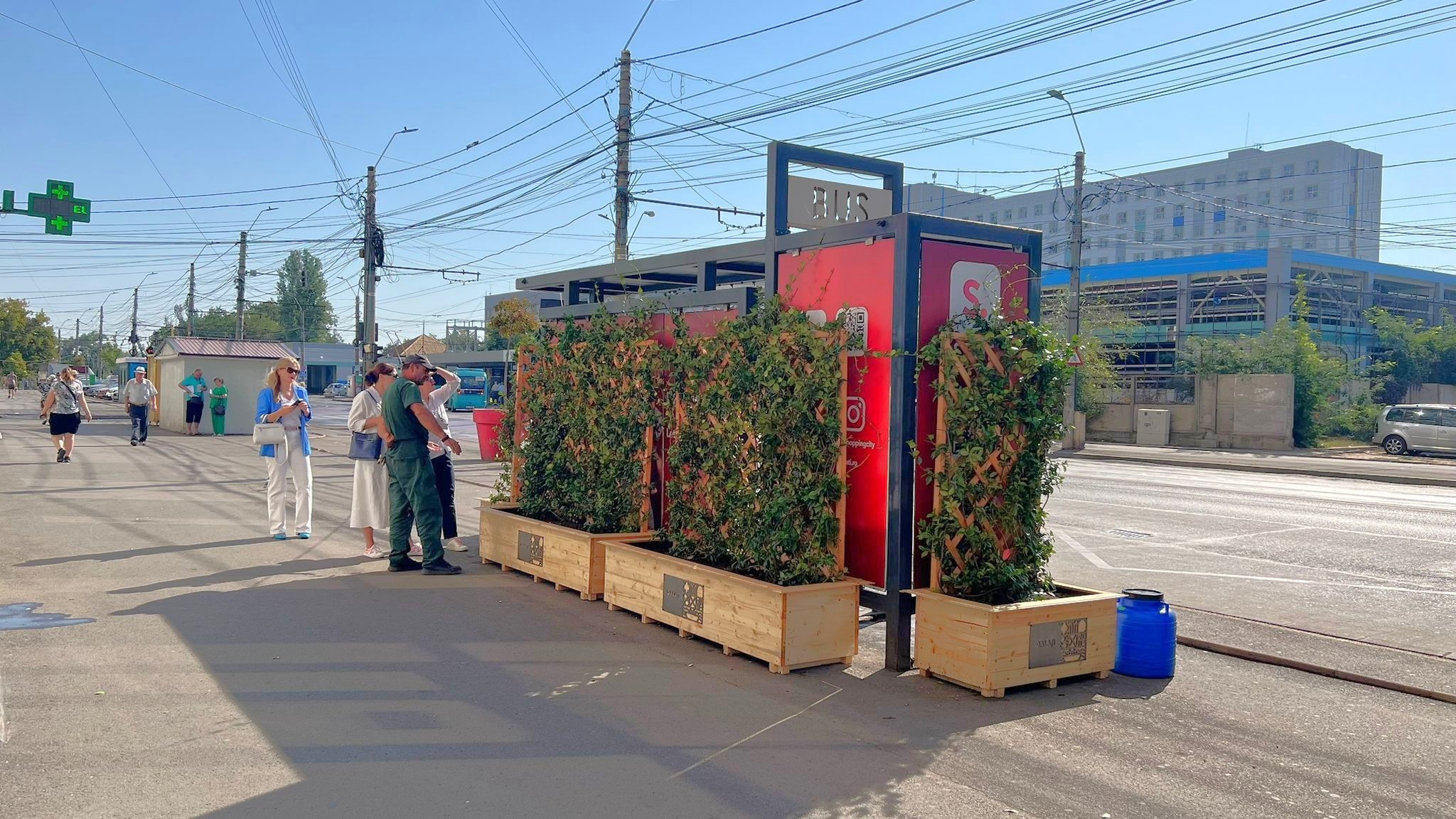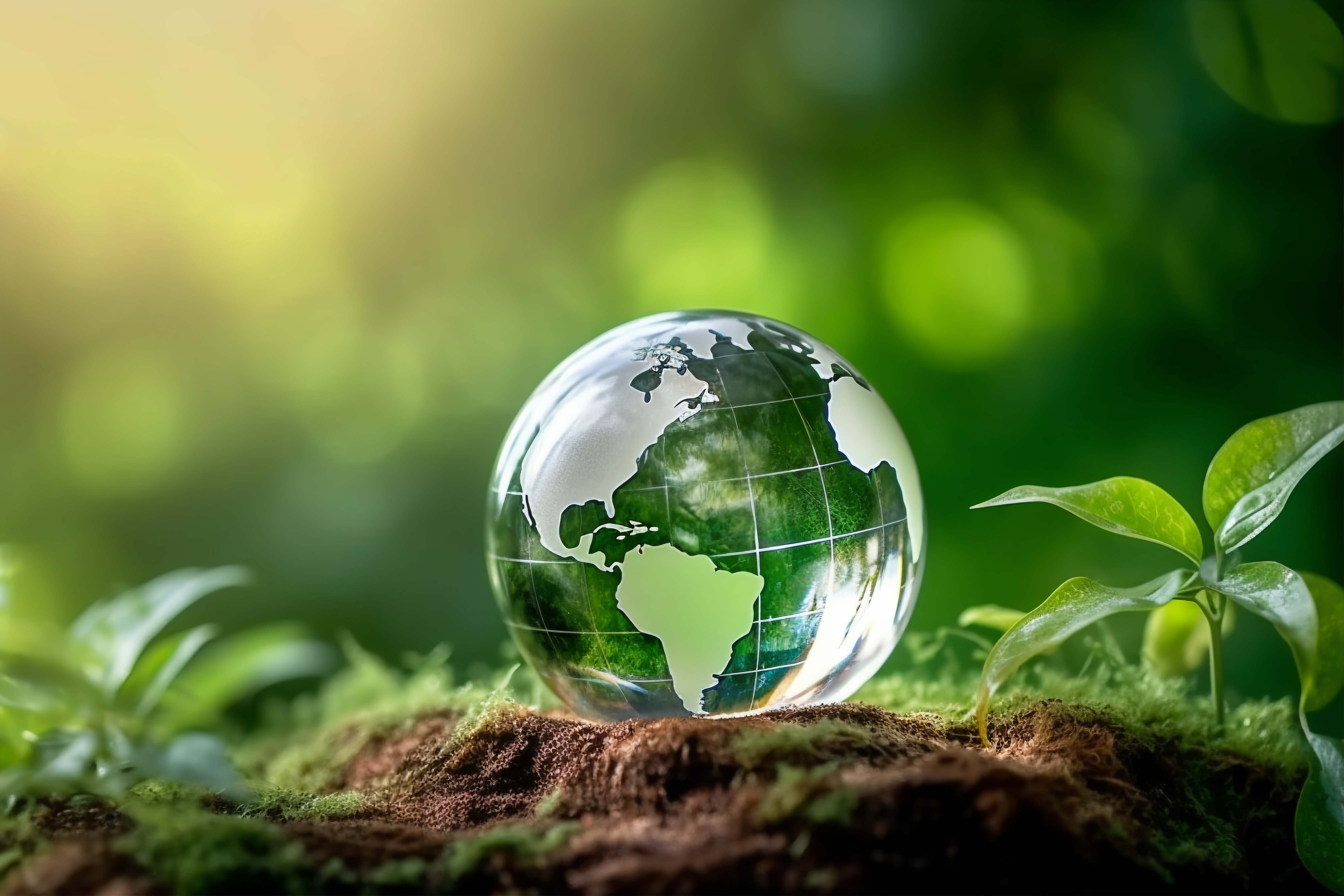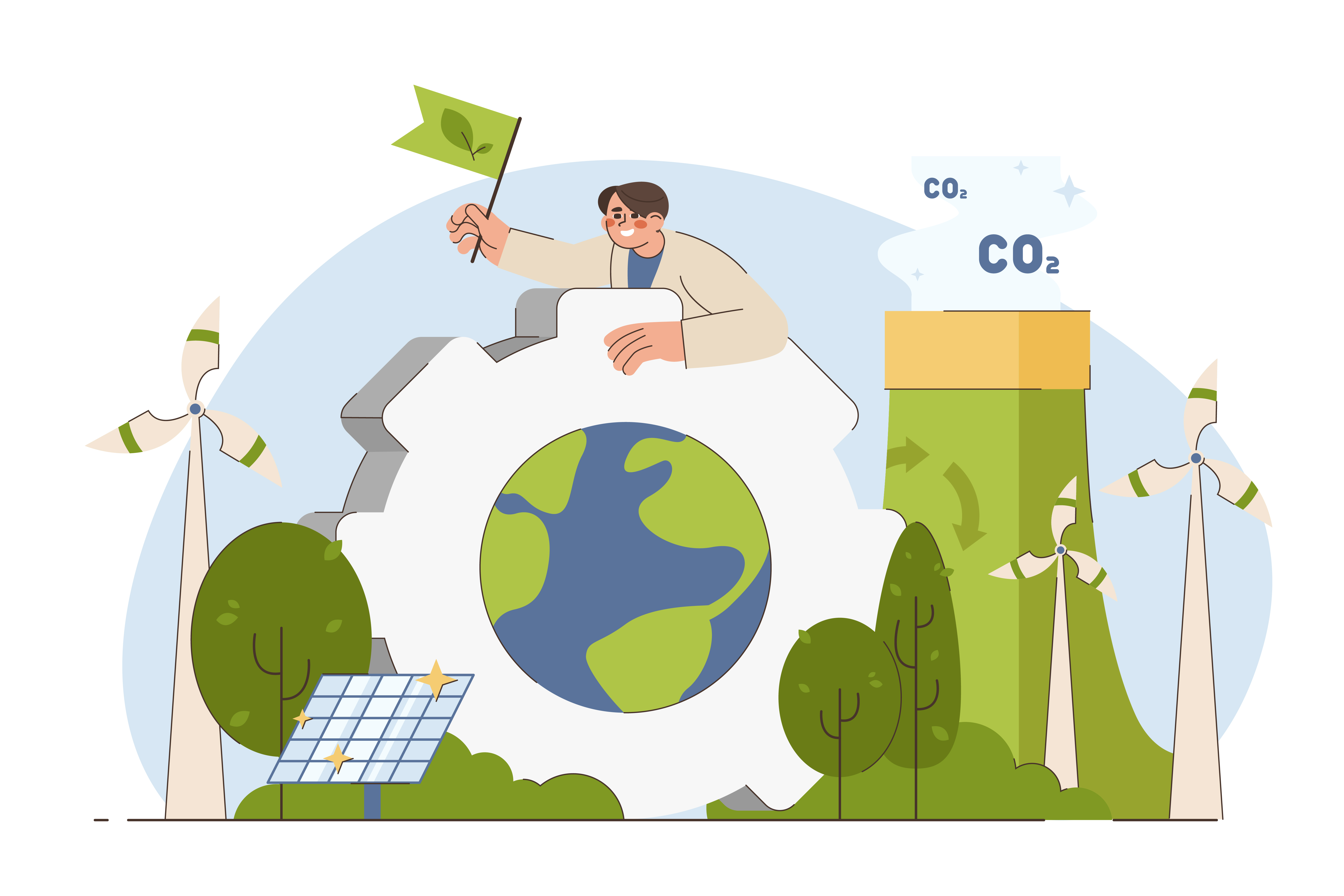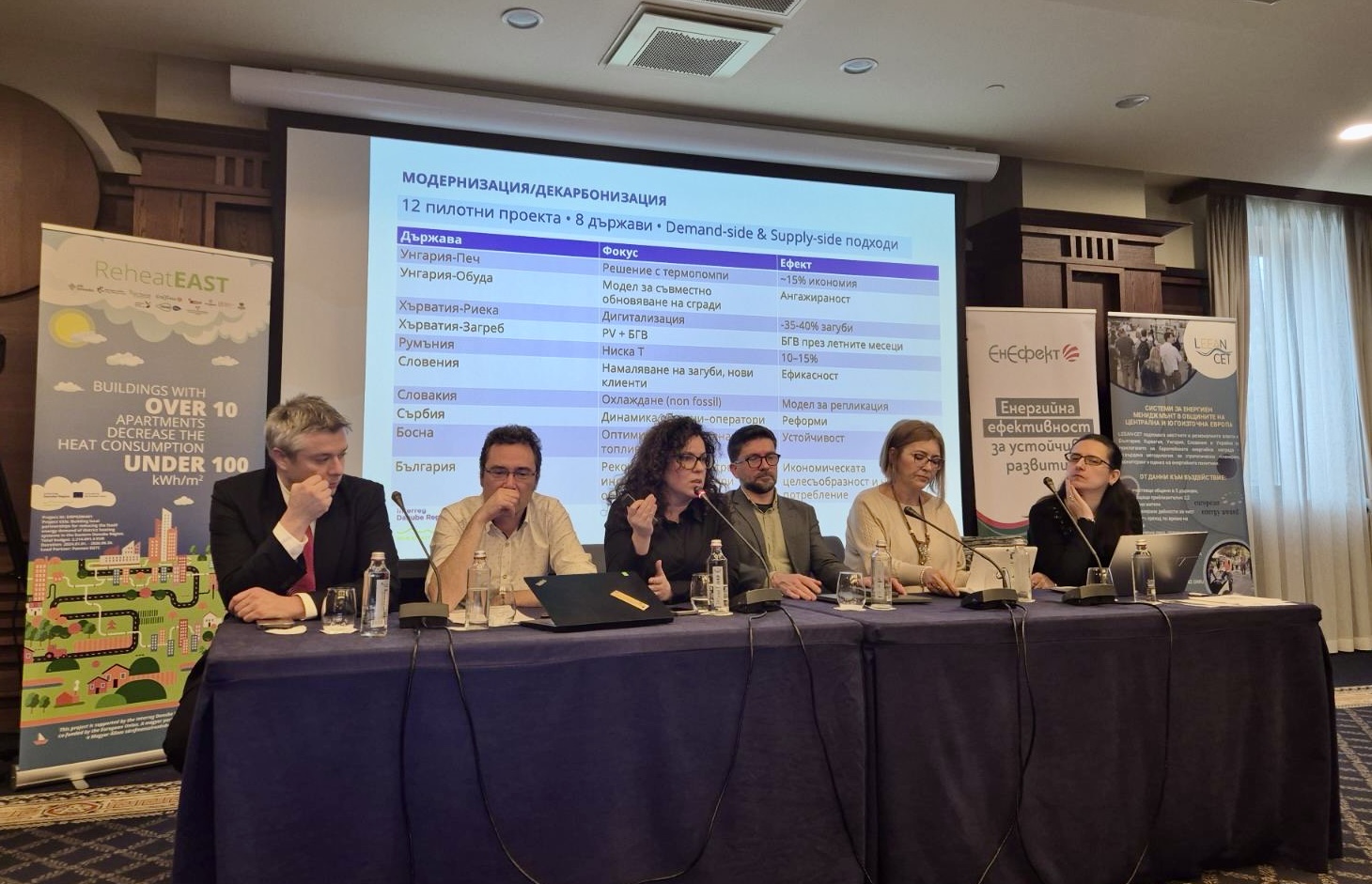
MA/JS colleagues offer practical advice on frequent questions
What, when, how, why and who? These are the questions buzzing around your head when drafting a project proposal. Our MA/JS colleagues are here to help with their practical advice.
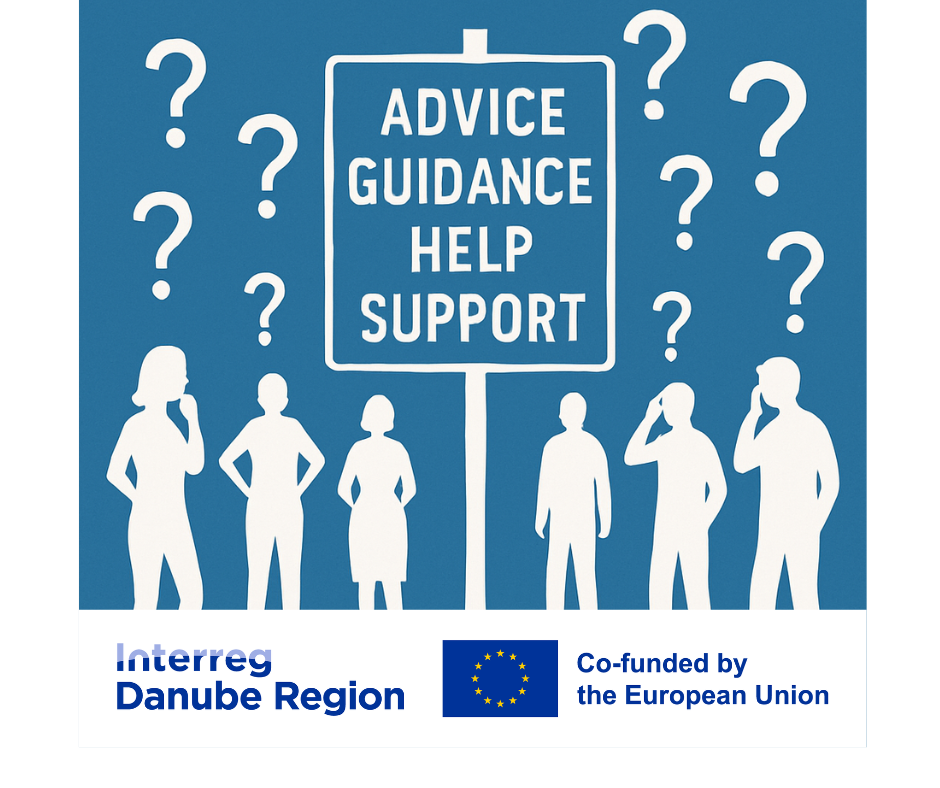
We asked Nátalia Liholot. Priority Officer to open the series of questions and give our applicants the very first advice. Here's what Nátalia says:
Nátalia: Before proceeding, you should ensure your project idea aligns with the Programme's mission, priorities, and specific objectives. After having done it, review the Applicant’s Manual, call documents, to confirm that your idea fits within the thematic areas supported.
It is very important to check the eligibility requirements, build a strong transnational partnership, contact the national contact points (NCPs) in your respective country for a consultation, participate in info days and events like thematic webinars.
Then, familiarise yourself with the Joint Electronic Monitoring System (JEMS) for submission, and application form, partner search tools (the Programme provides a match making platform) https://interreg-danube-region-programme.b2match.io/.
Be on it. Do that by developing a project concept (1-2 pages) and send it via e-mail for feedback from the priority officer. Take advantage of the help they provide and ask for an on-line consultation.
This helps to get initial guidance from MA/JS and fine-tune your concept before full application.
These early steps are crucial to position your idea for success under the INTERREG Danube Region Programme. Early understanding of programme documents and support structures significantly increases the quality of your proposal.

The clock is ticking. To prevent time-related issues and associated stress, we asked our Katalin Kovács-Kasza, Priority Officer. to give you a couple of pieces of advice. Make a checklist and keep an eye on the calendar.
Katalin: Timely planning is one of the keys to a successful preparation. To plan your application to the Danube Region Programme with a submission deadline of 15 December 2025, you shall work backwards from the deadline and structure your timeline along key milestones. Please find below a suggested ideal timeline.
PHASE 0: Early preparation & concept development (July – early September 2025):
Goal: To develop and shape a solid project idea and get feedback from the MA/JS
Key activities:
study thematic webinars, available programme documents and previously funded ongoing or finished projects in the targeted field
draft an initial project concept note
request a consultation with MA/JS priority officer
use the feedback to adjust and refine the concept and confirm thematic fit
PHASE 1: Call Launch and detailed Planning (15 September – 15 October 2025):
Goal: to align the concept with official call requirements and guidelines and finalise the consortium, budget, and tasks of partners
Key activities:
Read the official Application package documents
Organize a partner coordination meeting
Define specific objectives, division of tasks and indicative budget allocations for partners
Confirm Lead partner and communication structure for the application phase
Double-check and confirm compliance with call expectations and eligibility
Present refined concept to MA/JS
PHASE 2: Preparing the application (15 October – 15 November 2025)
Goal: Draft full application and annexes with input from all partners
Key activities:
Make sure that you have access to JEMS with proper editing rights
Draft application sections
Draft Annexes
Get partner feedback on draft application, annexes and assigned tasks and budget of partners
Get back to MA/JS in case you have anything to clarify (questions for example about eligibility, budget, intervention logic, annexes or JEMS in general)
PHASE 3: Finalisation and submission (15 November – 10 December)
Goal: Submit a complete, eligible and high-quality proposal in JEMS on time
Key activities:
Make sure that all sections in JEMS are filled in line with the guidelines
Make sure all Annexes are signed and uploaded in line with the guidelines
Review the final version before submission preferably by a colleague who was not involved directly in the development process
Double-check eligibility and quality assessment criteria
Double-check intervention logic in line with the programme indicators and guidelines
Submit the proposal ideally by 10 or 12 December to avoid last-day submission risks
Look forward to a relaxed holiday season 😊
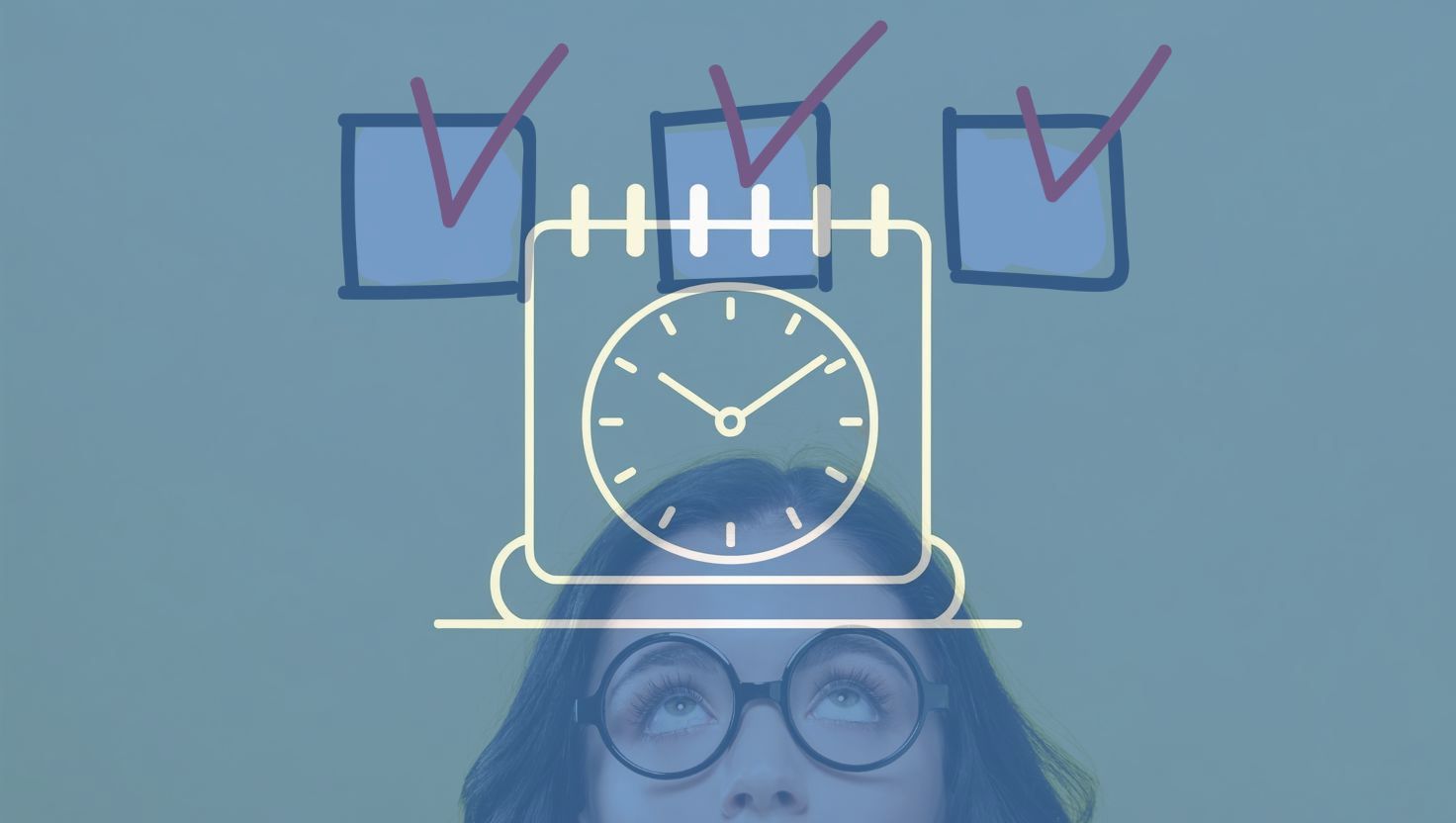
We have asked Horst Schindler, MA/JS Priority Officer to give some advice on how to build a transnational partnership and here is what he says:
Horst: Having a strong partnership is crucial because our programme emphasizes transnational cooperation across the Danube Region countries.
Some specific recommendations regarding the partnership could be:
Diverse and Balanced Partnership
Include partners from at least three different Danube Region countries to ensure transnational relevance.
1 of the three countries has to be an EU-member state.
Aim for a mix of partner types: public authorities, universities/research institutes, private sector, NGOs, and civil society organizations.
Ensure a balance between project beneficiaries and end users or stakeholders who can ensure practical application and sustainability.
Clear Roles and Responsibilities
Define specific roles and responsibilities for each partner in the project proposal.
Partners should have complementary expertise and capacities directly linked to the project activities.
Include lead partners with strong project management experience in EU transnational projects.
Geographic Coverage and Relevance
Make sure the partnership geographically represents the Danube Region and the targeted thematic area.
Partners should be located in regions affected by the project topic to ensure relevance and impact.
Strong Commitment and Capacity
Partners must demonstrate commitment to the project goals with evidence.
Confirm partners have sufficient capacity to implement their tasks.
Inclusion of Relevant Stakeholders
Include stakeholders who can contribute to the project’s sustainability and exploitation of results.
Consider involving regional development agencies, chambers of commerce, local authorities, or sector-specific clusters.
Cross-sector Collaboration
Promote cooperation between different sectors (e.g., academia and industry, public sector and NGOs) for innovation and holistic solutions.
Complementarity with Other Projects
If possible, include partners who have worked on similar or complementary projects to build on previous knowledge and avoid duplication.
Focus on capitalization with ongoing or already finished projects not necessarily in the same programme.
Communication and Conflict Resolution Mechanism
Establish clear communication channels and decision-making procedures among partners.
Agree on conflict resolution mechanisms early on.
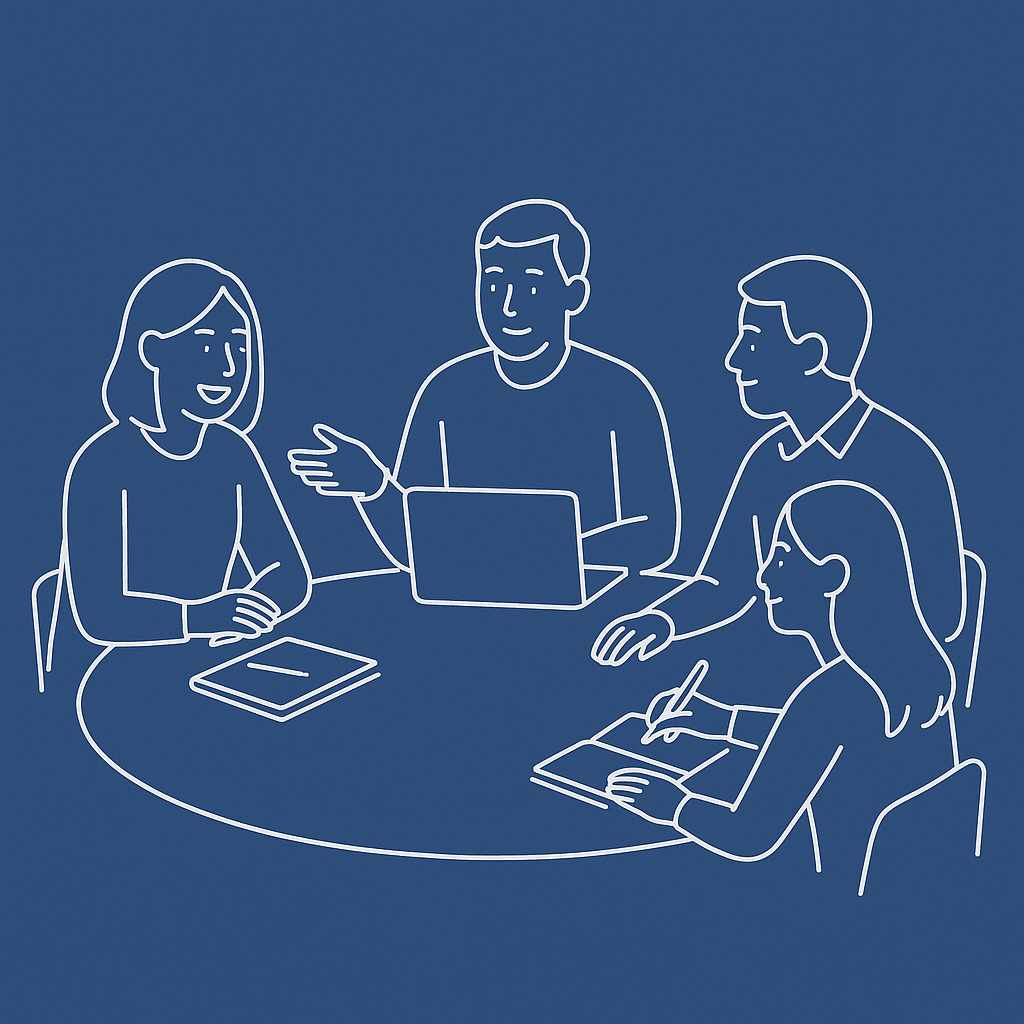
We talked with Horst about the transnational partnership and how to put together a strong consortium. One important aspect that we would like to focus on is the involvement of non-EU partners. That's why we asked Nátalia to provide more details on this. Now, let's find out why the involvement of non-EU countries matters in the third call for proposals in DRP.
Nátalia: It is well known that the Danube Region is one of the most diverse and dynamic macro-regions in Europe. It is a unique space where EU and non-EU countries share rivers, markets, challenges, and opportunities. As the Interreg Danube Region Program prepares for its 3rd targeted call for proposals launching in mid-September, engaging non-EU countries is more important than ever.
Before continuing we would like to remind that our Programme has a long history of involving non-EU countries, starting in the late 1990s with CADSES and reaching its full potential with the integration of IPA funds for the Western Balkan countries in the South East Europe programme, as well as ENPI funds for Ukraine and Moldova in the Danube Transnational Programme.
The topics addressed in this upcoming call are ranging from AI skills, sustainable renewable energy solutions, vocational excellence, climate resilience and governance.
While funding and policy frameworks may vary across the region, our extensive experience shows that non-EU partners often have closer insight into specific challenges, bring unique expertise, and contribute valuable local knowledge and institutional capacity to joint projects.
It is vital to note that Moldova, Bosnia and Herzegovina, Serbia, and Montenegro can play a role of Lead Partners. Ukraine, despite the ongoing challenges it faces, remains a key strategic partner. Its participation is strongly encouraged, either as a financing partner or as an associated strategic partner.
The involvement of partners from non-EU countries in the program area is welcomed and is part of the quality assessment used to evaluate project proposals. This involvement should align with the relevance of the territorial challenges addressed by the project and the specific competences the partners bring from their regions.
The call itself will fund projects that demonstrate real transnational cooperation and impact.
And please remember that support is available to help partnerships get started. The MA/JS have conducted thematic webinars, with recordings available on the Programme's website:
https://interreg-danube.eu/calls-for-proposals/third-call-for-proposals-pre-announcement
As we have already published widely, ibut t can never be reiterated enough - Priority Officers are available to provide tailored, one-time consultations to Lead Partners. These consultations are designed to help clarify what is not clear, refine project concepts, and ensure alignment with the objectives of the Programme.
And importantly, the program rules remain the same as in the previous calls.
In the Danube Region, real integration begins when everyone's voices are heard and active collaboration takes place across all communities because we are stronger together!

So far, we have covered some of the most important stages in creating a project proposal. We asked our colleague Gusztáv Csomor, a senior Priority Officer, to summarise the key points and provide advice on how to minimise potential difficulties in the later stages.
Gusztáv: These are some of important things to have on your mind when creating a project proposal. And remember: the more efforts and understanding you invest, the easier implementation will be. So, let's go through (but do not forget that this is not the exhaustive list of the things you have to pay attention too :)):
Applicants are advised to meticulously read the programme documents -the "Applicants' Manual, "Implementation Manual", “Eligibility of expenditure manual”. These provide detailed guidance on project requirements, eligibility, and expected outcomes. Understanding in advance the programme's administrative rules and procedures, reporting requirements, monitoring and payment procedures will limit the potential problems during implementation.
Besides selecting partners with diverse and complementary expertise, the lead applicant is advised to verify also that all partners have the necessary institutional, and human capacity (staff, time, resources) to actively participate in and contribute to the project activities, including financial management, reporting and project communication, and they are also familiar with the implementation rules of the programme. Partners shall have also sufficient financial capacity, including also cash-flow for covering project costs for sufficient time, as related Interreg funds are reimbursed only several months later. Weak partner commitment and capacity problems can lead to significant implementation issues. The specific roles and responsibilities of each partner shall be clearly defined and agreed from the outset.
Overly ambitious or vague objectives, work plan, activities and outputs can lead to difficulties in implementation therefore applicants are advised to clearly detail the workplan with concrete and realistic activities, assigning responsibilities to partners and establishing realistic timelines.
Over- or underestimating costs can lead to financial difficulties or non-compliance during implementation. Project partners shall have realistic and well-justified cost estimates for all cost categories and periods of implementation, ensuring also that all planned costs are eligible and directly related to project activities. Partners from countries, where the periodic national control work has fees, shall also calculate with such costs.
Partnerships are advised also to proactively identify potential risks already in the application phase (e.g., technical, financial, political, administrative) that could impede implementation and outline concrete mitigation measures.
Applicants shall not hesitate to seek clarification from the MA/JS or the respective DRP National Contact Point regarding any uncertainties in the application process or programme rules.
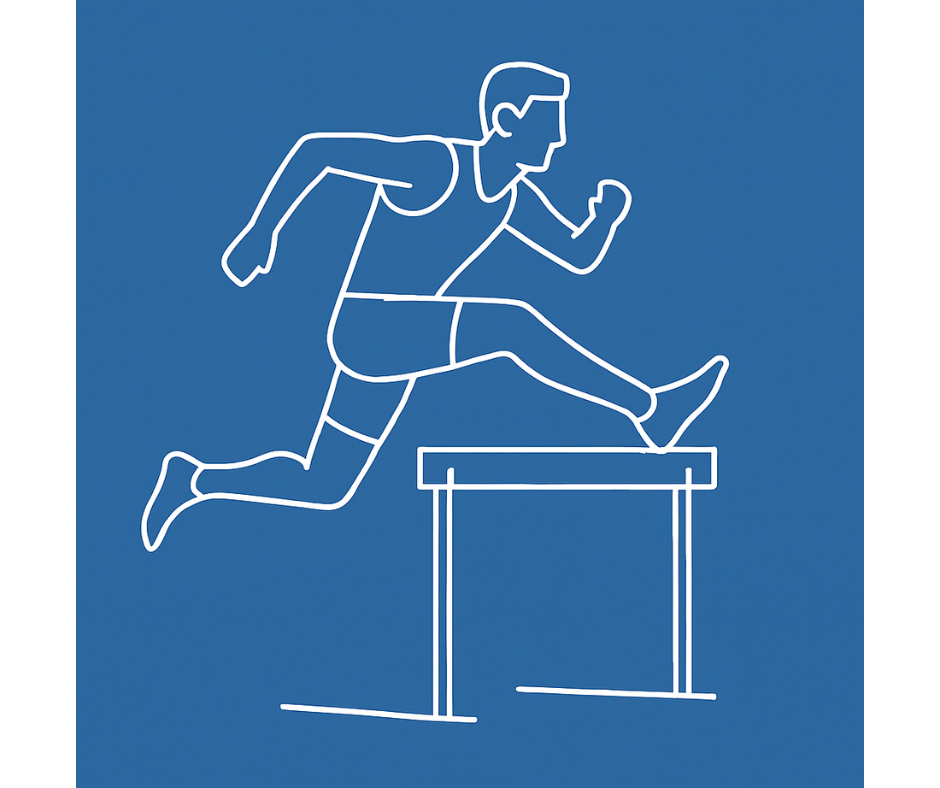
We have asked our colleagues, Stephen Halligan, senior Priority Officer and Mirjana Petrovic Arsenic, senior Financial Officer to tell us more about the project budget and why taking its creation seriously from the beginning may ensure smooth implementation.Here is what they say:
Stephen: The first thing I would say is that it’s not an exact science! An Interreg project budget is subject to numerous variables, not least the time from preparation to implementation. The key is to work closely with partners to identify the resources needed by each of them to complete their activities, and to estimate the associated costs accordingly. The ability to appreciate the variables that may affect costs up to four years into the future, and to plan a partner’s income expectation in line with a payment in arrears schedule, will go a long way towards a successful project implementation.
Mirjana: Well planned project budget is essential for smooth project implementation. It is important that allocation of the project budget per periods is realistic and follows closely project work plan and timelines since spending forecast will be part of the subsidy contract. During the project implementation spending forecast will be monitored by MA/JS on regular basis as part of the verification process of the progress reports.
The Danube Region Programme (DRP) operates on a reimbursement basis, requiring project partners to pre-finance activities and wait for reimbursement after submitting progress reports on 6 months basis. Indicative timeframe of the reimbursement of Interreg funds is around 10,5 months. This should be taken into consideration when preparing the time plan of project activities. Partners must maintain sufficient cash flow throughout the project.
Projects under the DRP receive 80% co-financing from Interreg funds, while the remaining 20% must come from state contributions, the partner’s own sources, or other local/regional funding. State co-financing varies by partner country, and detailed information can be obtained from national contact points.
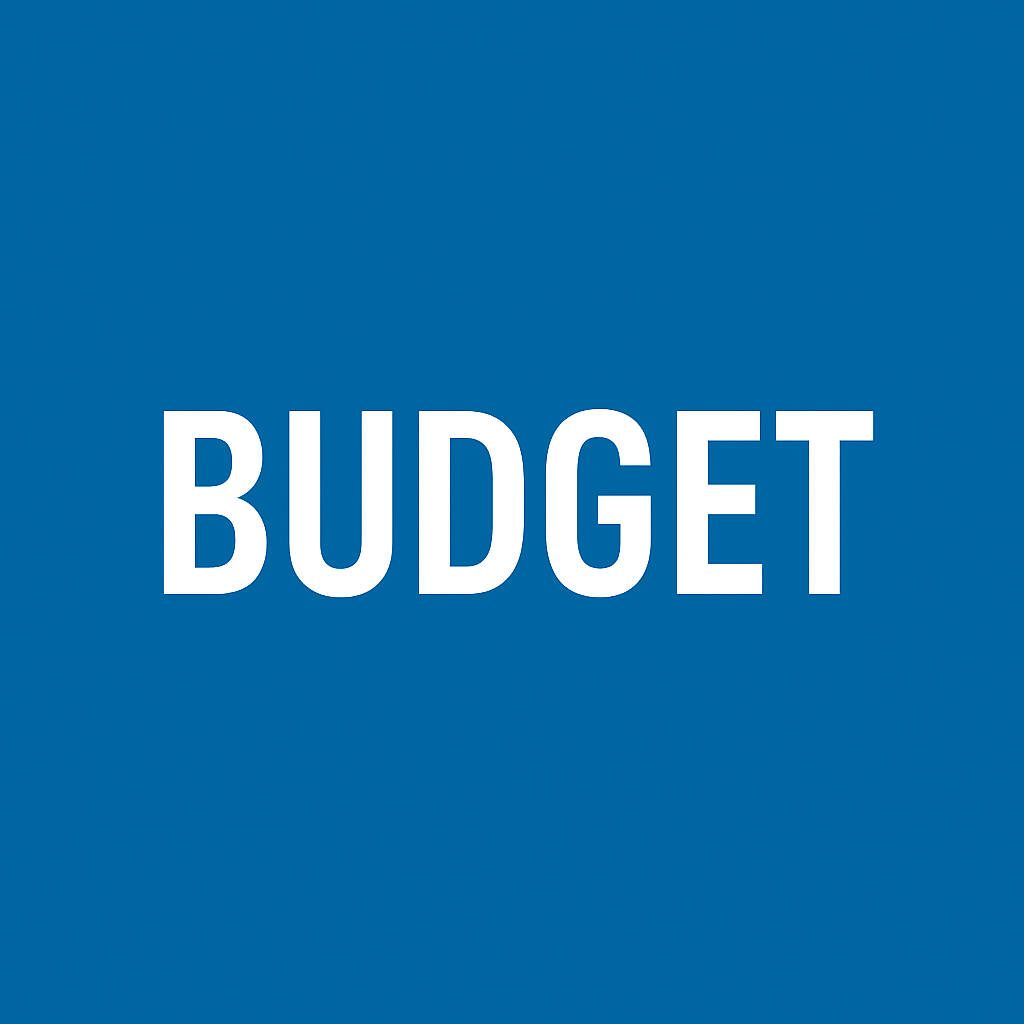
We have asked our colleague, Johannes Gabriel, senior Priority Officer, to give us a couple of insights on why it is important that your project proposal has linkages with the EU Strategy for the Danube Region. And here is what he says:
The EUSDR is the broader strategic framework that mirrors the DRP as a financing instrument for transnational initiatives in the Danube Region.
All applications must prove that they align with one or more of the EUSDR's Priority Areas and that EUSDR stakeholders are actively involved in project implementation.
Apart from this formal requirement, applicants can benefit substantially from engaging with the EUSDR during the project generation phase in terms of thematic focus, inspiration and networking.
During project implementation, thorough linkages to the EUSDR will contribute to projects' strategic momentum and offer valuable potential in terms of both outreach and the sustainability of project outputs.
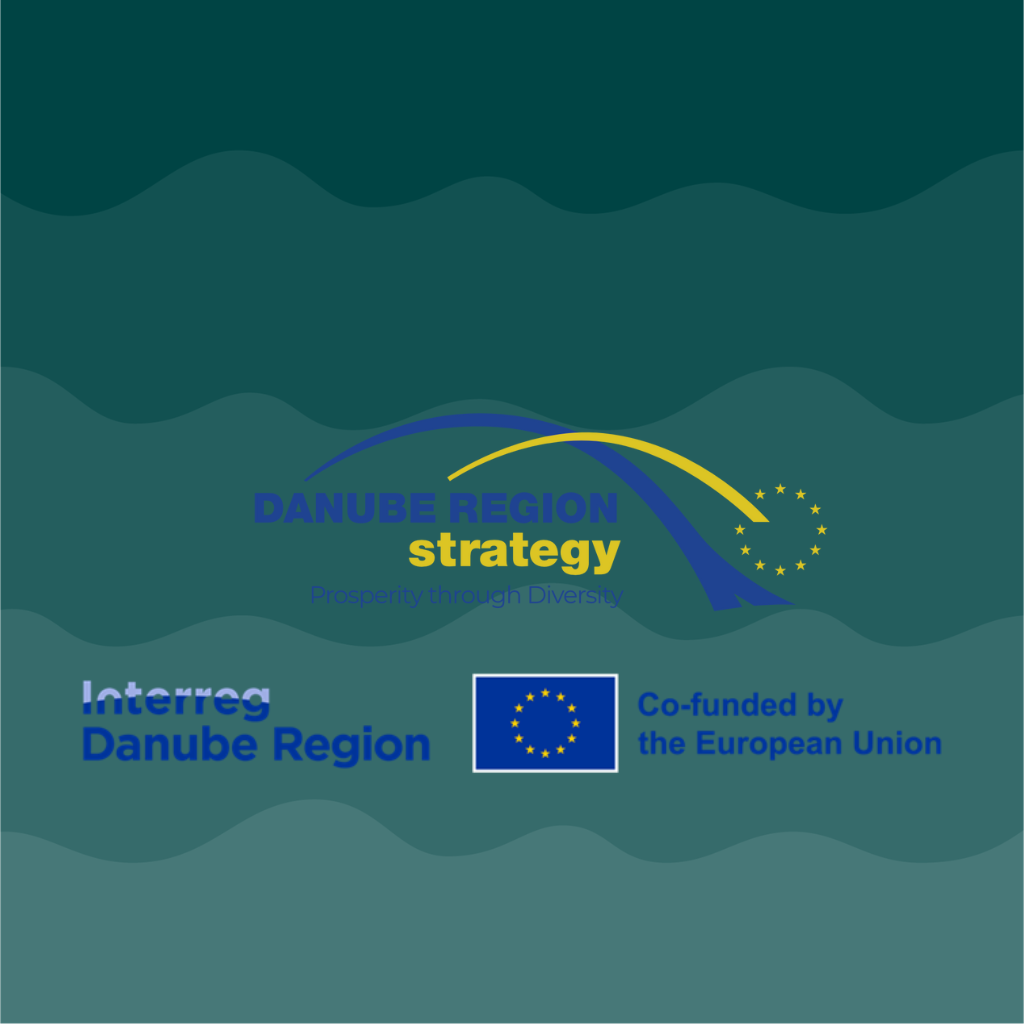
We talked to Nátalia Liholot, MA/JS Priority Officer, about these three key terms and why it is important to understand those concepts well at the stage of drafting an Application Form. And, here is what Nátalia says:
When preparing your application for the Interreg Danube Region Programme, it's crucial to understand the distinct meanings of three key terms: deliverable, output, and result. These concepts form the backbone of project intervention logic and are essential for demonstrating how your project will contribute to the programme's objectives.
What's the Difference?
Deliverables
A deliverable is the tangible evidence of project activities, representing an intermediate or final result that contributes to the project's objectives and outputs. These can include physical products like analysis reports, strategy documents, or pilot action reports, and serve as the concrete outcomes of the work carried out by project partners to achieve the project's goals.
Outputs
A project output is a tangible, measurable product or outcome directly resulting from a project's activities, representing what is actually produced for the funds received. Examples include jointly developed strategies, action plans, pilot actions, or specific solutions, and they must contribute to the project's objectives and be captured by a designated program output indicator.
Results
Results are the immediate effects or changes a project aims to achieve in its target groups or conditions, stemming from the project's outputs. They represent the benefits that derive from the tangible deliverables (outputs) of the project's activities and demonstrate how the project makes a difference, such as improved policy, increased capacity, etc.
Understanding these differences helps you build a coherent project logic that shows how your activities are based on milestones - deliverables, which generate outputs, which in turn create results. This logical chain demonstrates that your project is well-thought-out and feasible.
Let’s have an example on the output indicator RCO 83 Strategies and action plans jointly developed which is connected to the result indicator RCR 79 Joint strategies and action plans taken up by organisations.
RCO 83 Strategies and action plans jointly developed
Partners from seven Danube countries jointly develop a comprehensive "Danube Sustainable Tourism Development Strategy 2025-2035" addressing overtourism, environmental protection, and local community engagement.
DELIVERABLE (tangible evidence)
Strategic framework document, implementation roadmap, stakeholder engagement guidelines, monitoring and evaluation framework.
OUTPUT (measurable product)
1 joint strategy developed, 3 regional action plans created.
RESULT (immediate effect)
RCR 79 Joint strategies and action plans taken up by organisations
During the project, two additional regional tourism boards (they can be not project partners) formally adopt the strategy in their development plans, while five municipalities integrate key strategic priorities into their local tourism policies, demonstrating effective strategy implementation, even beyond the original partnership.
Important:
Projects have to contribute to at least two programme output and two result indicators to be considered eligible (unless different rules are set in a specific call).
Output RCO 87 - Organisations cooperating across borders and the corresponding result indicator ISI “organisations with increased institutional capacity due to their participation in cooperation activities across borders” are mandatory for all the projects!
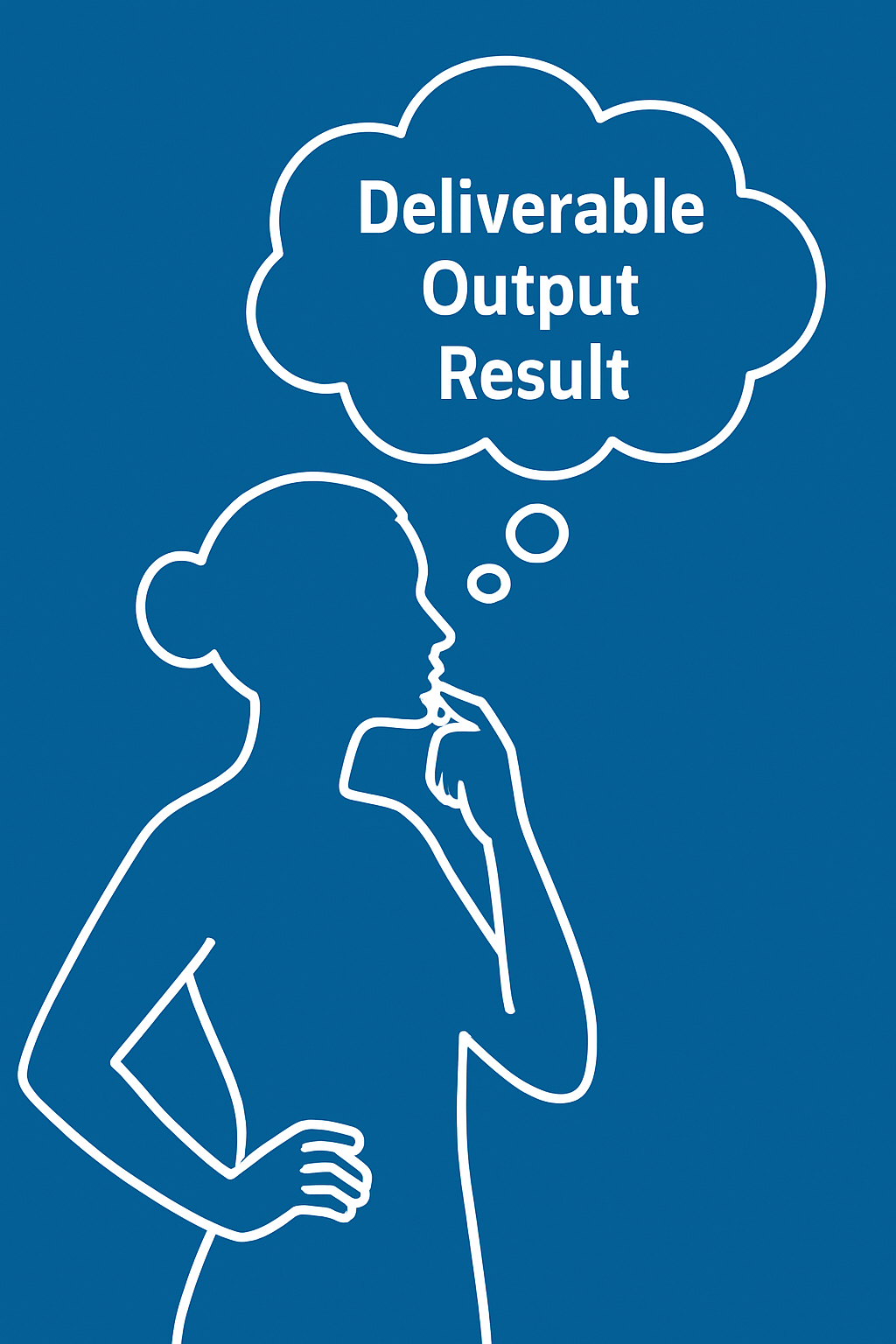
Starting with the 3rd Call for Proposals, DRP introduces a new SCO: the 40% flat rate on Staff costs for all Other costs. In order to provide applicants with an overview of the SCOs used by the Programme, and especially the newly introduced one, we asked our colleague, Zsuzsanna Balogh, MA/JS senior financial officer, to give an insight into the different SCOs and here it is what she told us:
Zsuzsanna: I will start with the 40% flat rate option because it is new and we would like to draw applicants’ attention on its existence and properly inform them on how it works and what are its advantages and disadvantages.
So, the 40% flat rate on Staff costs is a simplified budgeting option available from the 3rd call onwards that allows all other eligible costs (Office and administration, Travel and accommodation, External expertise and services, Equipment, Infrastructure and works) to be reimbursed at a fixed rate of 40% of real Staff costs. Attention: In this case, it is not possible to apply the flat rate method for Staff costs!
The calculation is very simple and Jems does it automatically for the flat rate: if the total amount for Staff costs is €100,000, the Other costs (covering all other cost categories) are automatically calculated at €40,000. This means that the budget of the partner choosing this option will only have two budget lines: Staff and Other costs.
If the 40% flat rate is chosen, partners only need to provide evidence for staff costs, while no supporting documents or invoices are required for the other cost categories – significantly reducing the administrative burden.
What are the advantages of this option?
It is very simple to use: no need to document or justify other categories of costs
It is predictable and it reduces the administrative burden
What about the risks?
No flexibility: if a partner needs more than 40% of staff costs for travel, equipment, or external expertise, these extra costs cannot be reimbursed
Careful planning is essential: staff costs must be sufficiently high to cover all other needs through the 40% flat rate
Any underspending of direct staff cost will automatically mean less money reimbursed for all other costs
Once chosen, the option cannot be changed during the project implementation
The other SCOs used by the programme are:
· the 15% flat rate for Office and administration and Travel and accommodation
· the 20% flat rate for Staff costs
While the 15% flat rate for Office and administration and Travel and accommodation are mandatory (*real costs for Travel and accommodation are allowed only in very specific and duly justified cases), the other two, i.e. 20% flat rate for Staff and 40% flat rate for Other costs are optional.
The 15% flat rate
applies to Office and administration costs and to Travel and accommodation costs
the rate is always calculated as 15% of eligible staff costs (no matter if flat rate or real costs method is used for the staff costs)
no supporting documents or invoices are required
example: If staff costs amount to €100,000, then office and administration costs and travel and accommodation costs will each automatically be €15,000
The 20% flat rate
applies only to Staff Costs
if chosen, staff costs are reimbursed as 20% flat rate of other eligible direct costs
the project partner does not need to provide payslips or time records for the work done by the project team
example: If external expertise, equipment, and works costs amount to €200,000 in total, then staff costs are automatically calculated €40,000
Understanding the flat rates
When preparing the budget, partners have the possibility to choose from different options that combine real costs and flat rates. The choice determines how costs will be reimbursed.
It is important to underline that once chosen, the options cannot be changed during project implementation.
Simplified Cost Options – Comparison
Flat Rate | Applied to | Based on | How it works (example) | Pros | Cons |
15% | Office & administration; Travel & accommodation | Eligible Staff costs (no matter if real costs or flat rate) | Staff costs = €100,000 → O&A costs = €15,000; → T&A costs= €15,000 | No invoices needed; Simple | Fixed % – cannot reflect potentially higher real needs |
20% | Staff Costs | Other eligible direct costs (external expertise, equipment, infrastructure and works) | External expertise + equipment + infrastructure and works = €200,000 → Staff costs = €40,000 | No timesheets or payslips needed. | Beneficial when a partner has significantly high costs for the other categories |
40% | Other costs (Office and administration, Travel and accommodation, External expertise and services, Equipment, Infrastructure and works) | Eligible direct Staff costs | Staff costs = €100,000 → Other costs = €40,000 | Very simple; No supporting documents; Predictable | Risky if staff costs are low or underspent; Not flexible; Must be kept for the entire project duration. |
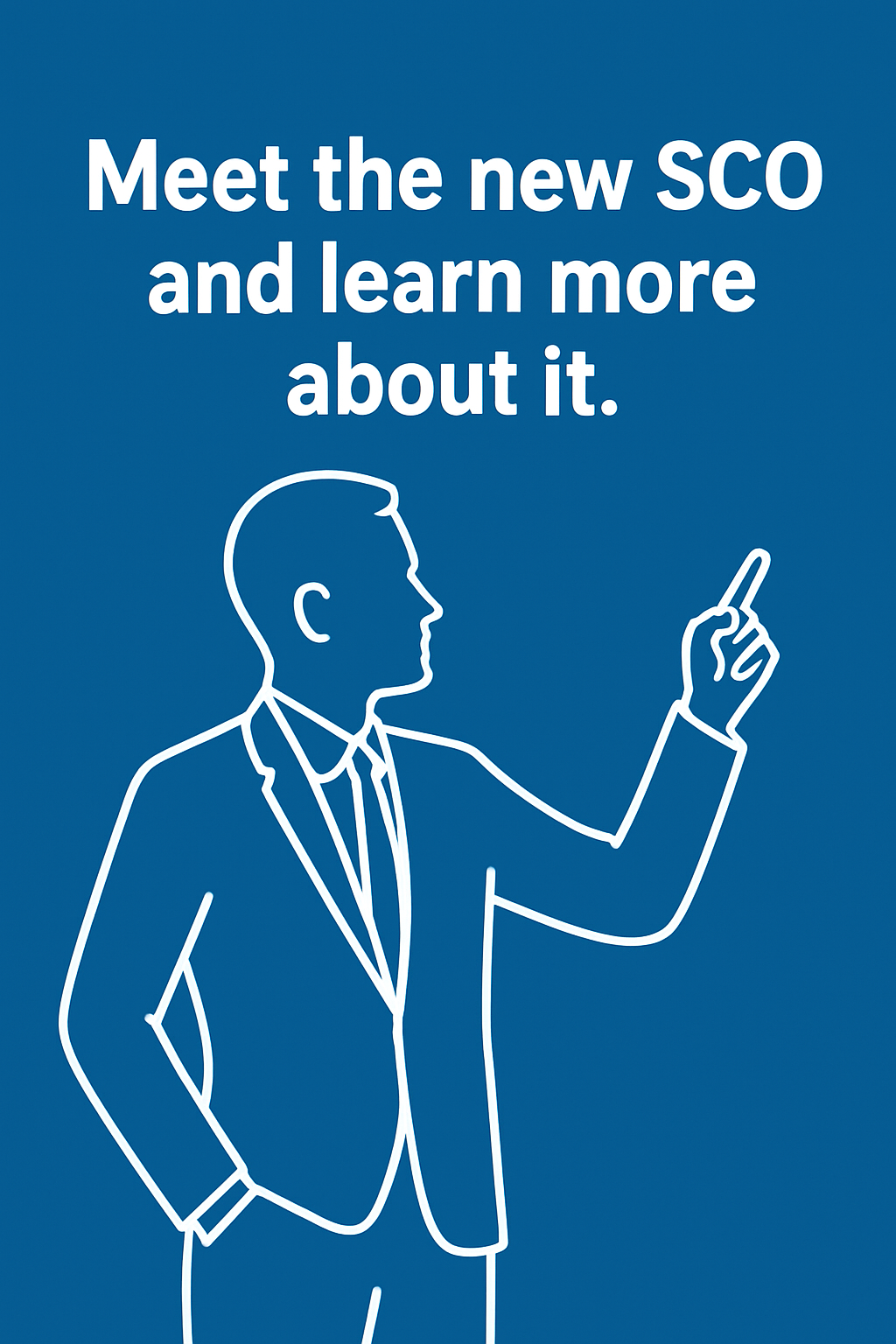
The Danube Region Programme (DRP) has recently expanded its collaboration opportunities to allow more organisations to join the project consortia as Associated Strategic Partners (ASPs). To find out more about this update, we talked to Ana Leganel, Programme Officer at DRP.
Ana: Indeed, beginning with the 3rd Call for Proposals, organisations located in EU Member States, EU candidate countries, Switzerland, EEA countries, or the United Kingdom are eligible to participate in DRP-funded projects as Associated Strategic Partners (ASPs). Previously, only organisations based in EU Member States or in non-EU countries within the programme area could take part as ASPs. With this update, we aim to broaden our geographical reach and strengthen the overall impact of our projects.
What are ASPs and how do they differ from regular project partners?
Ana: ASPs are organisations that significantly contribute to the project’s success but are not directly funded by the Programme. Instead, they may be financially supported (“sponsored”) by a regular project partner, who assumes full responsibility for their participation.
ASPs participate only in specific project activities, they do not have reporting obligations towards the Programme and they do not hold financial or legal responsibility for the project. They may vary in legal status, type of expertise, or decision-making power, but all share a common purpose: to enhance the project’s outcomes and long-term impact.
What costs are covered by the Programme?
Ana:The DRP covers travel and accommodation costs for ASPs when attending project meetings or events. These expenses are included in the budget of the sponsoring partner, who is responsible for their proper use and reporting.
Why involve ASPs?
Ana: ASPs play a crucial role in supporting project implementation and ensuring its sustainability. In this sense, they can validate and promote project results, ensure long-term impact or uptake, provide political or institutional support, allow access to relevant networks and stakeholders, facilitate the transfer or upscaling of project outcomes. Thus, by involving relevant and influential ASPs, projects can significantly increase their strategic value and visibility.

News & Events
Explore our upcoming events and read news regarding our programme and project activities.
Would you like to receive programme updates?

